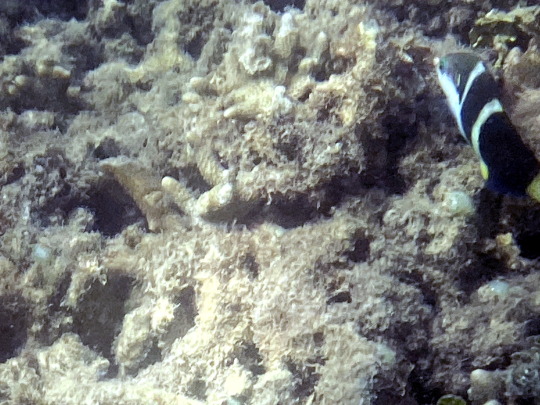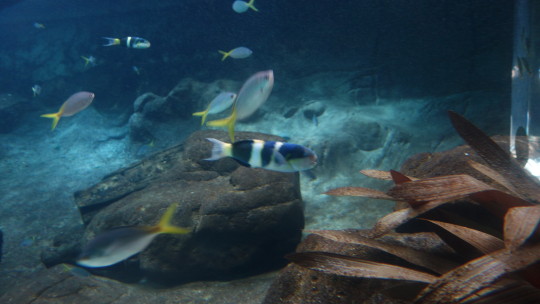#blackbarred wrasse
Explore tagged Tumblr posts
Photo







Blackeye thicklip, blackbarred, sixbarred, and moon wrasses on Fitzroy Island, QLD, Australia
#blackeye thicklip#fish#fishes#great barrier reef#fitzroy island#wrasse#wrasses#blackbarred wrasse#sixbarred wrasse#moon wrasse#fishblr#underwater#snorkel#snorkeling#tropical fish
0 notes
Photo






90c: Black Beauty; 130c: Bluehead Wrasse; 205c: Longfin Damselfish 220c: Blue Caribbean Tang; 320c: Blackbar Soldierfish






#Aruba#World Stamp Show-NY 2016#2016 stamps#2016 World Stamp Show#lcstamps#Black Beauty#fish#Bluehead Wrasse#Longfin Damselfish#Blue Caribbean Tang#Blackbar Soldierfish#lc2016WSSPassportStamps
0 notes
Photo


Blackbarred wrasse on Hastings Reef of the Great Barrier Reef
16 notes
·
View notes
Text

Blackbarred wrasse and yellowtail fusiliers at Sea Life Sunshine Coast in Mooloolaba, QLD, Australia
#tropical fish#fish#fishes#fishblr#wrasse#wrasses#fusilier#fusiliers#Caesio#aquarium#parrotfish#parrot fish
0 notes
Text


Sixbar wrasse, blackbar damselfish, and Chinese demoiselle at Hastings Reef of the Great Barrier Reef
#fish#fishes#fishblr#wrasse#wrasses#underwater#great barrier reef#snorkel#snorkeling#damselfish#damsel fish#demoiselle#tropical fish#parrotfish#parrot fish
1 note
·
View note
Text
Various species of fish at Hastings Reef of the Great Barrier Reef
Blunthead wrasse
Blackbarred wrasse
Pacific sailfin tang
Striped surgeonfish
Neon damselfish
Black and white chromis
Pacific bullethead parrotfish
#fish#fishblr#fishes#underwater#great barrier reef#snorkel#snorkeling#parrotfish#wrasse#wrasses#tang#tangs#chromis#damselfish#surgeonfish#unicornfish#tropical fish#video
1 note
·
View note